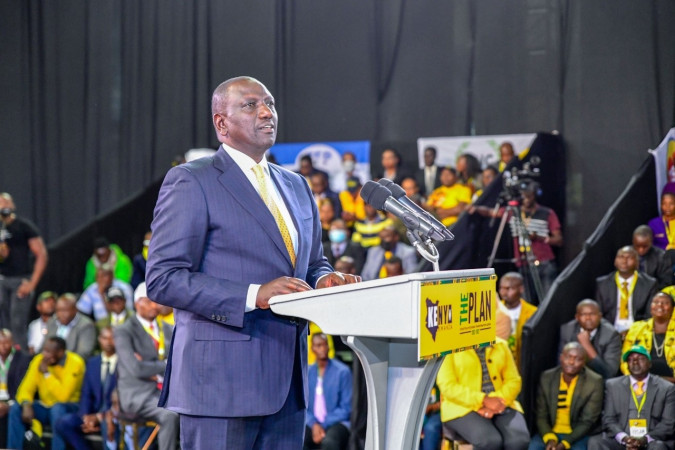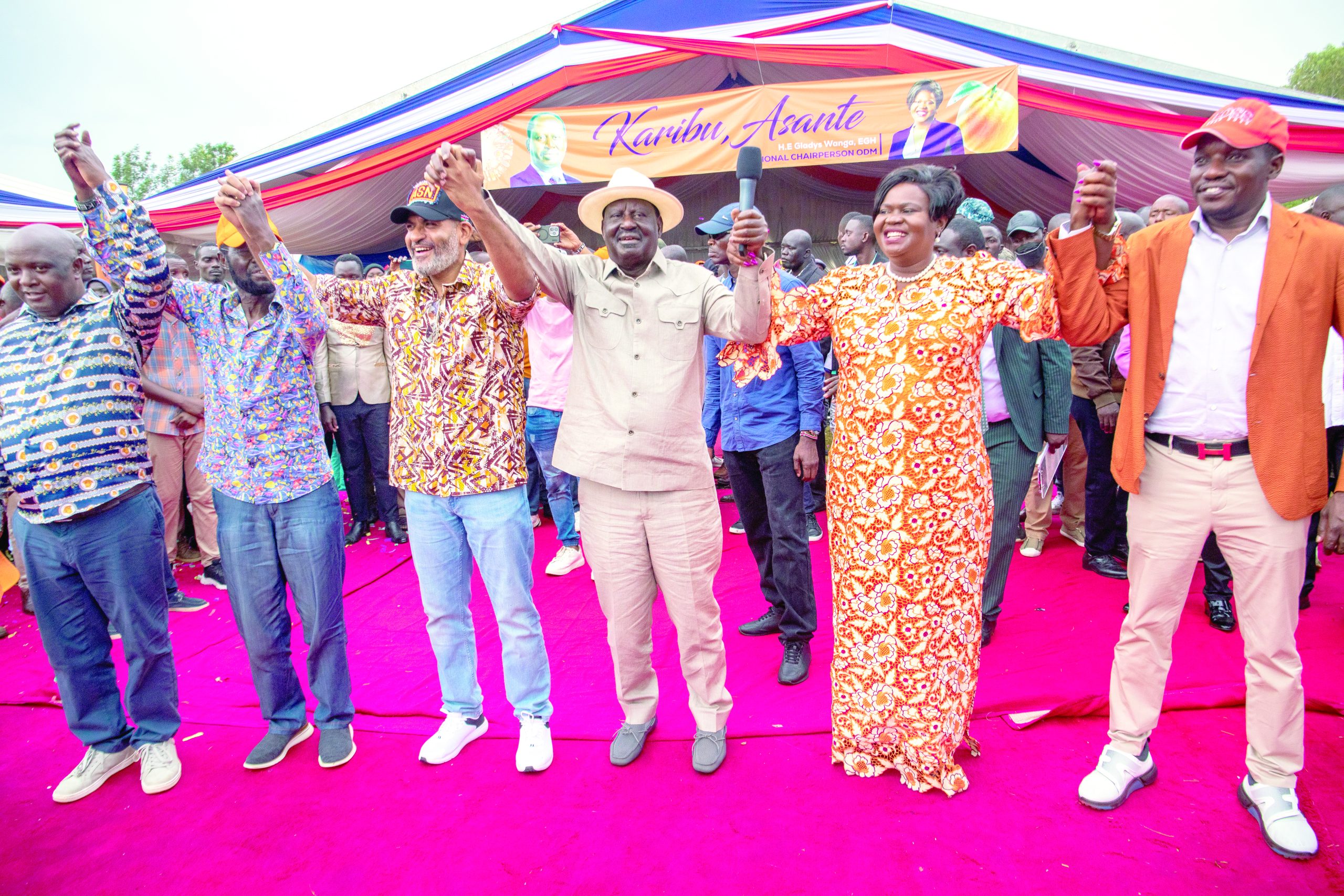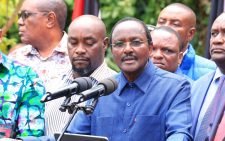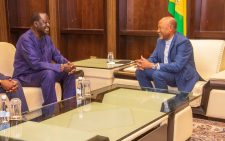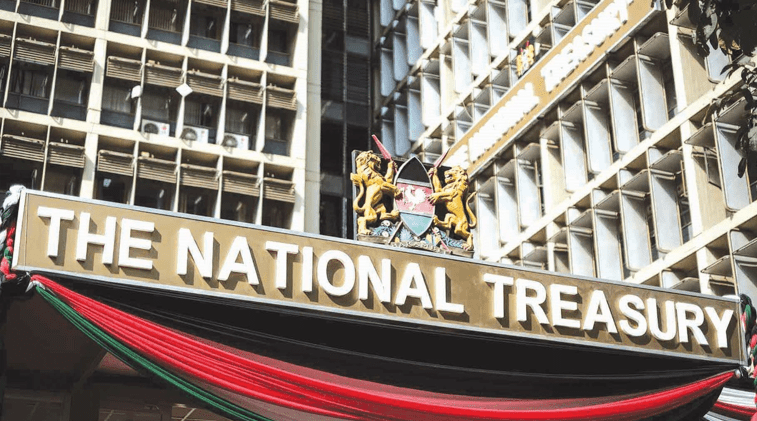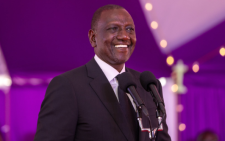World dollar dominance a bane to political manifestos
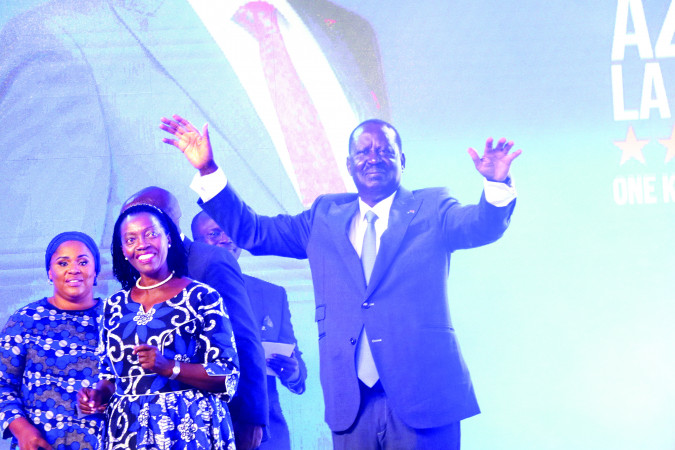
The Azimio-One Kenya coalition have released their manifesto and the Kenya Kwanza counterparts will launch theirs on June 30, after they tour all counties for economic forums. Political pundits will interpret the delay to release manifesto as strategic to gain ample time to counter what Azimio have proposed.
Whatever the case, all the manifestos must take cognisance the dollar dominance reins supreme as they will need money to finance various development projects. For instance, Azimio’s is silent on sources of funds other than tax collection.
From the political utterance Kenya Kwanza have been making in public, theirs is likely to be popularist with the aim of galvanising the low-income earners to support their cause.
For example, Deputy President William Ruto is on record saying he will abolish capital-intensive and introduce labour-intensive programmes. But from an economic point of view, both are production techniques that must be mixed. Capital investment creates employment and an abundance of labour is a catalyst for development.
If you look at the Azimio manifesto, they have tax cuts for specific products and interest groups suggesting it is unlikely to maintain its promise of tax reforms that create a stable and predictable tax regime that encourages fair business, investment and trade.
To counter this move, Kenya Kwanza might introduce tax exemptions on vulnerable groups and household products which can be retrogressive in their ability to collect enough taxes to cater for ambitious economic promises to counties they have visited through their economic consultive forums.
The two coalitions should avoid walking down the popular lane of tax cuts and cash handouts, especially at this time of international economic meltdown. The war in Ukraine has affected the supply chain and made countries face fuel, financial and food crisis.
Even though Azimio manifesto has promised to reduce the cost of energy by lowering taxes on fuel and gas as well as cutting down the cost of electricity to lower the high energy bills incurred by manufacturers, they must contend with world economic and political dynamics which control the pricing regime of the products.
One of the major reasons the dollar is dominant is that it is fully convertible. The convertible currency has great importance in the world economy, allowing countries and companies to do cross-border trade and transactions. The relative strength of the US economy supports the value of the Greenback.
As of 2020, the US had $2.04 trillion in circulation. As much as half that value is estimated to be in circulation abroad. The dollar’s strength is the reason it is the reserve currency—governments are willing to hold the dollar in their foreign exchange reserves.
Nonetheless, there are some threats to the dominance of the dollar. One of the most significant risks is the growing account deficit in the US, in other words, it means the value of the goods imported exceeds the value of goods exported. In addition, the US has trillions of dollars in foreign debt. Despite that, the US is still seen as the safest central bank thereby influencing the world economies.
A significant impact on the world’s economy is the rise in the dollar value, leading to the depreciation of other currencies. For instance, as of recent exchange rate a dollar is equal to Sh117.
However, in the future, it may be worth Sh120, meaning its value increases while the value of the shilling falls. This could bring about the outflow of capital from the country making the national wealth based on our own currency becoming less powerful.
This would lead to the downfall in economic growth, which thus results in reduced values of assets in the country. Therefore, it is nefarious to find some politicians comparing the price of goods in President Kibaki’s government and that of President Uhuru forgetting that there is inflation, diminishing resources and foreign exchange factors.
Different countries around the would manage their foreign exchange regime based on economic market dynamics. There is the Fixed Exchange Rate Regime where the monetary authority of a given country, tries to maintain a currency value that is constant against another country’s currency.
Kenya is an example where we have a floating regime in which the currency fluctuates in relation to what is happening in the market and, therefore, the rate is determined by the forces of demand and supply. However, there might be periods of intervention though they are aimed at preventing undue fluctuations rather than setting the rate.
Political manifestos in Kenya must, therefore, be realistic and operate within the context of world economic forces.
– The writer works in Hong Kong
